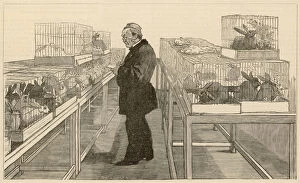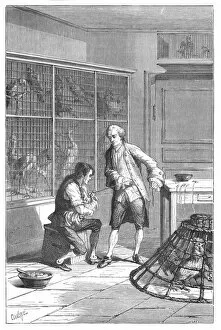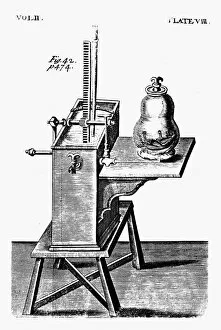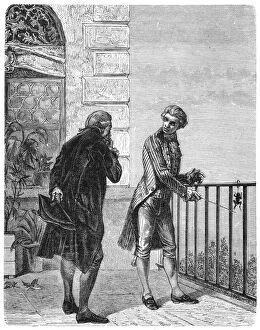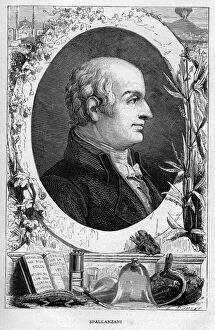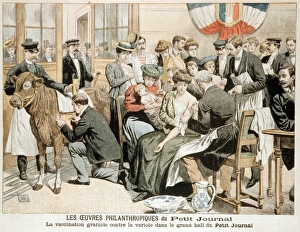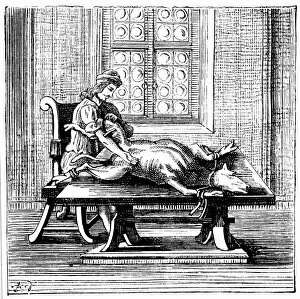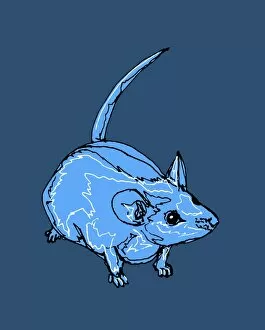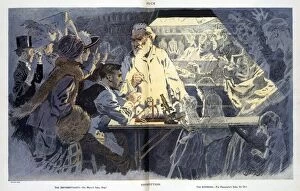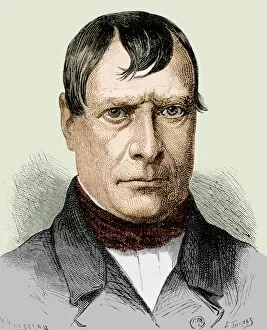Vivisection Collection (page 2)
"Unveiling the Secrets of Vivisection: Exploring the Dark History of Scientific Dissection" Step back in time to the late 19th century
All Professionally Made to Order for Quick Shipping
"Unveiling the Secrets of Vivisection: Exploring the Dark History of Scientific Dissection" Step back in time to the late 19th century, where soda sulphite played a crucial role in preserving corpses for dissection amphitheatres. This intriguing engraving from "Sciences available to all - Popular physics and chemistry" by Alexis Clerc sheds light on this macabre practice. Meanwhile, at The Royal Agricultural College in Cirencester, 1888, an unknown creator captured a moment frozen in time. Taxidermy takes center stage as animals are immortalized through lithography. In another corner of scientific exploration, we find ourselves aboard The Viking Ship. A black and white photograph transports us to an era when maritime discoveries were made with awe-inspiring vessels like these. Delving deeper into anatomy, we encounter a lithograph depicting the intricacies of the spinal cord and spinal nerves. Such detailed illustrations paved the way for groundbreaking medical advancements. Venturing across continents, South America reveals its secrets through an engraving showcasing a section of an ant-hill. Nature's wonders never cease to amaze. Anatomy lessons take on new dimensions as we witness a frontispiece from "Anatomia Reformata, " capturing a leçon (lesson) that immerses students in understanding our complex bodies. The study of blood circulation becomes even more fascinating as Dutch traders describe their experiments on flying fish and other creatures. These pioneers unraveled nature's mysteries one discovery at a time. Education knows no boundaries; even primary schools engage young minds with anatomical dissections. In Orme Primary School, students dissect rabbits under watchful guidance—a hands-on approach to learning about life itself. Gerolamo Cardano's treatise on medicine provides us with an engraved glimpse into anatomical dissections—an art form intertwined with scientific progress throughout history. Humor meets science as Hudribas attacks astrologer Sidrophel and his valet Whacum.

